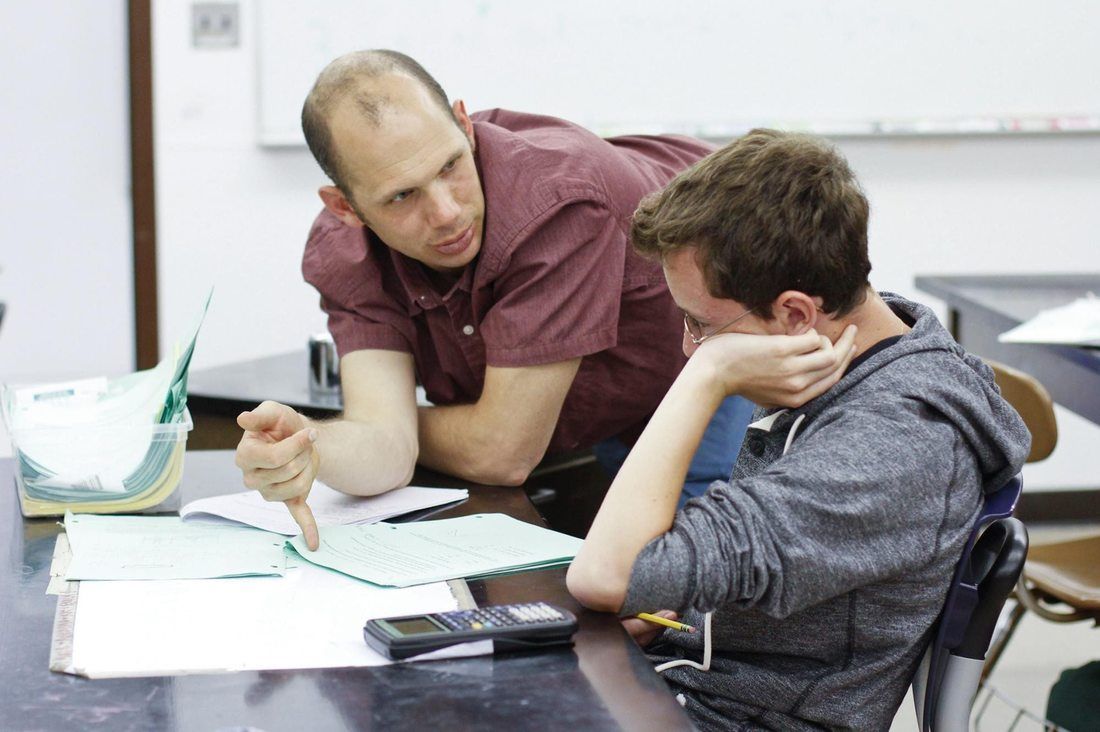|
|
|
This is the third year that I am teaching a course titled "Introduction to Robotics" as part of our regular curriculum at Sonoma Academy. Click here to access our class website.
The goal of the first few weeks is to answer the question "What is Robotics?" Merriam-Webster defines a "Robot" as... ...a machine that resembles a living creature in being capable of moving independently (as by walking or rolling on wheels) and performing complex actions (such as grasping and moving objects). I have always struggled to help students derive there own definition of what a "Robot" is using standard curricular materials. The "...moving independently" portion of the definition is not a problem initially, as most systems (Lego Mindstorm, VEX EDR, etc.) feature the ability to autonomously program the robot to perform complex tasks. Not a problem. However, when relating a definition of the structure of robotic competitions such as those seen in FRC, and VEX I have always struggled. Each of these competitions features a "telops" phase, where a driver is remote controlling the robot to perform a series of tasks in addition to an "auton" phase, where the robot performs the tasks individually. Logically explaining to students that remote controlling a system is a branch of robotics is difficult. If a human is in control, is the machine still performing a series of complex tasks? How do we rationalize the inclusion of a human controller into the field of Robotics? This year, I decided to tackle the conceptually challenging topic of rationalizing the role of the "telops" in robotics. Here is what I did for the first two weeks:
Student responses were fascinating. All students understood that in the Arduino Uno controlled autonomous robot, the program written living on the microprocessor provided commands directly to the motor controllers, guiding the robots movements. The remote controlled robot "program" surfaced different, incredibly intriguing responses such as: God programmed us to send a signal to the receiver to control the robot. Evolution programed us to send a signal to the receiver to control the robot. Education programmed us to send a signal to the receiver to control the robot. Amazing questions also emerged: Is it possible to program the Arduino to fight more efficiently than the remote controlled robot? What happens when the intelligence of the Arduino Uno matches that provide by God, Evolution, etc.? Is this related to the Technological Singularity? AI? Although this unit laster longer than I would have liked, the physical motion of removing the transmitter-receiver system, and replacing it with a preprogrammed microprocessor opened up incredible discussion about what it means to be "...moving independently". I freaking love teaching. Comments are closed.
|
Categories
All
Archives
March 2024
|

 RSS Feed
RSS Feed